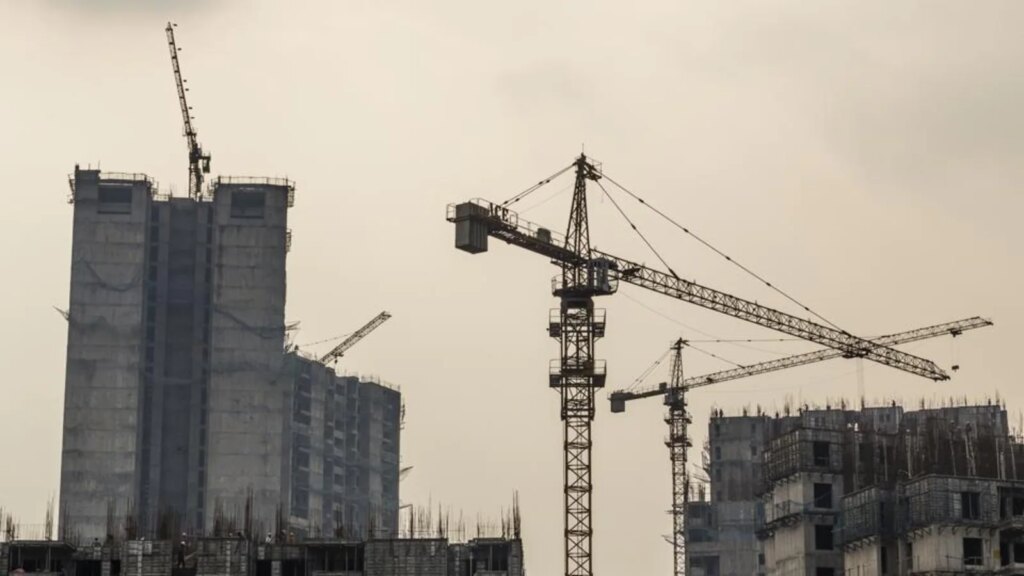CONTOUR LINE AND METHODS OF CONTOURING IN SURVEYING
Contouring is an important aspect of surveying which basically involves the determination of the elevation of various points on the ground followed by fixing the points of the same horizontal positions in the contour map.
A contour may be defined as an imaginary line that passes through the points of equal elevation. It is a line in which the surface of the ground is intersected by a level surface.
A Contour line may be defined as an imaginary line passing through the points of equal devotion. A contour line may also be defined as the intersection of a level surface with the surface of the earth. When the contours are drawn underwater, they are termed as Submarine Contours, Fathoms or Bathymetric Curves. This is the best method of representation of features such as hills, depressions, underwater etc on a two dimensional paper.
Purposes of Contouring:
A contour map is very useful since it provide valuable information about the land. Contour survey is carried out at the starting of any engineering project such as a road, a railway, a canal, a dam, a building etc.
(a) For large scale maps of flat country, for building sites for detailed design work and for calculation of quantities of earth work: 0.2 to 0.5 m.
(b) For reservoirs and town planning schemes: 0.5 to 2 m.
(c) For location surveys: 2 to 3 m.
(d) For small scale maps of broken country and General topographical work : 3 m, 5 m, 10 m or 25 m.
Methods of Contouring :
Contours can be drawn, if the horizontal or vertical measurements of the properly selected points are known. There are basically 2 methods of contouring – Direct Method and Indirect Method.
1. Direct Method of Contouring :
High degree of precision is required for large-scale maps with small contour interval. In the Direct Method of contouring, the reduced level of various selected points on a contour line are obtained and their positions are located. The contours are then drawn by joining these points. It is very accurate method but is very tedious and time consuming.
- By level and Staff : In this a series of points having the same staff readings and thus the same elevations are plotted and joined by a smooth curve.
- By hand level/Abney level : In this method the instrument may stands over the bench mark and the staff man is moved to a point on the contour which has to be plotted. As soon as the instrument may observes the required staff reading for a particular contour, he instructs the staff man to stop and locates the position of the point.
2. Indirect Method of Contouring :
It is suitable for undulated ground and hilly areas. In this the points are selected at random. The positions and elevations of which are not necessarily located on a contour line.
Tracing contour is the process in which the position and reduced level of all such points is then determined. The contours are then drawn by interpolation method.
A. Method of Squares :
This is also called as co-ordinate method of locating contours. The entire area is divided into squares or rectangles forming a grid. The elevations of corners are determined and the required contours are interpolated.
This method is very suitable for a small open area where contours are required at a lose vertical interval. This is also suitable for large-scale mapping.
B. Method of Cross-Sections :
In this method a transit traverse is run. This method is suitable for road, railway and canal survey i.e for route surveys.
C. Tacheometric Method:
This is practically suitable for hilly areas and all places where plane table surveying is impractical. The elevations and distances are calculated from the observed data and contours are interpolated.
D. Plane Table Method :
In this, the distance and elevation of the staff point is reduced by trigonometric relations. The observer scales the computed distance along the plotted line to locate the point and writes the computed elevation in such a way that the plotted position of the point coincides with the decimal point of the elevation value.
Characteristics of Contour Line :
- All the points on a contour line have the same elevation.
- Whereas in the case of depressions, lakes etc the higher figures are outside and the lower figure are inside.
- A watershed or ridge line and valley line cross the contours at right angles.
- The elevations of the contours are indicated or printed close to the contour.
- When no value is present it indicates a flat terrain.
- A zero meter contour line represents the coastline.
- Two contour lines do not intersect or cross each other except in the case of an overhanging cliff or a cave penetrating a hillside.
- Equally spaced contour represent uniform slope and contours that are well apart indicate a gentle slope.
- A set of close contours with higher figures inside and lower figures outside indicate a hill lock.
- Irregular contours represent uneven ground.
- The direction of steepest slope at a point on a contour is at right angle to the contour.
-
A part of land in from of tongue which just out from hilly area is known as spur.

